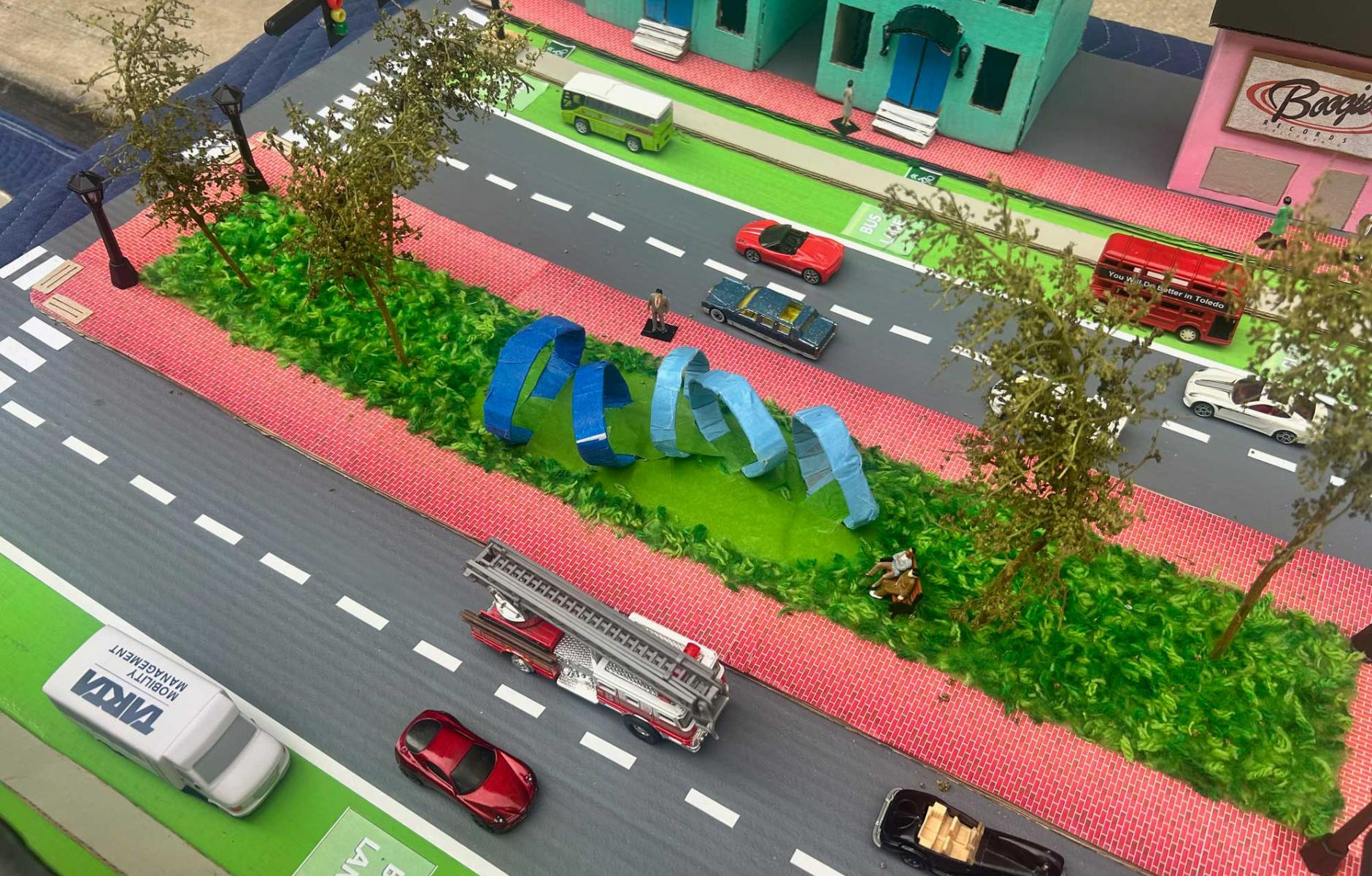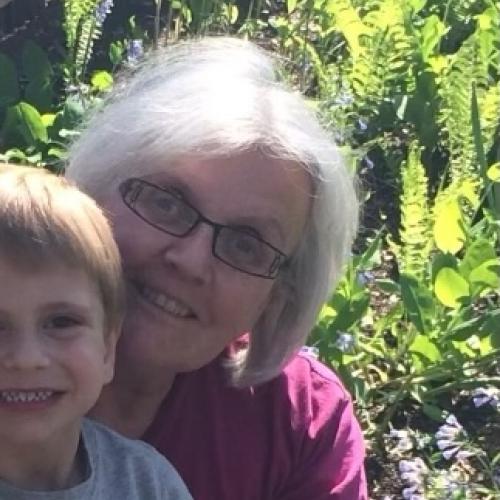
Stop the freeway expansion, build a boulevard
On December 15, 1972, the 9-mile West Toledo Expressway, today’s northern leg of Interstate 475, opened to fanfare. Headlines proclaimed it “a gift.” It’s doubtful that those owning the 900 destroyed buildings in its path—mostly homes—shared that view.
The Ohio Highway Department Deputy Director was prophetic in his media comments: “I think we’re waking a sleeping giant in the area west of Toledo.” He was right. The western suburbs and exurbs exploded, helping reduce Toledo’s population by 13.7 percent from the Expressway’s ribbon cutting to 2020.
Far from stopping, Lucas County’s and Toledo’s population bleed is accelerating. Ohio’s Department of Development predicts an additional 19.5 percent County population decline by 2050. Under these conditions —and other than their massive highway budgets that they must use or lose—why would the Ohio Department of Transportation (ODOT) push for I-475’s expansion, up to eight lanes, through the most densely residential, stable, and affordable neighborhoods in Toledo?
ODOT knows who is most at risk here—those who are always marginalized. Its "Public Engagement Plan” states that the impacted neighborhoods are “predominantly residential properties” with “larger volumes of elderly…lower income, individuals with limited English proficiency, and minority populations.”
When the entire east-west Expressway was constructed, its 9-mile distance ran through virtually 100 percent white neighborhoods. But the Expressway’s eastern terminus intersected with the construction of Toledo’s portion of I-75, the 1,800-mile interstate from Lake Superior to Miami. Several Toledo neighborhoods adjacent to I-75 were redlined. Others were neighborhoods of working-class immigrants. In Toledo’s initial 7-mile project footprint, I-75 displaced more than 4,900 Toledoans and destroyed over 1,700 housing units at 92+ percent occupancy.
It is likely that many of those displaced for I-75—certainly their children and grandchildren—overcame structural racist and classist policies and relocated to stable neighborhoods in the I-475 corridor. Today, that corridor contains some of the most diverse sections of Toledo. With an I-475 expansion, the structures that oppressed the grandparents and forced their relocation will follow the grandchildren and beyond.
In addition to the 6,700 residential households in ODOT’s 5-square-mile designated project area, there are 500 acres in our most popular metropark, a 50-acre arboretum, and 160-acre Camp Miakonda, the sixth-oldest scouting reserve in the nation. Recreational opportunities abound here, including the underutilized Ottawa River, despite the losses suffered when planners disconnected these parcels with the expressway. Moreover, the entire project’s footprint is in the historic Oak Openings Region, a globally rare ecosystem that The Nature Conservancy deemed “one of America’s last great places…on par with Florida’s Everglades.”
By reinventing the Expressway to a boulevard, opportunities are limitless for truly mixed-use, people-centered neighborhoods. The University of Toledo campus is 1.5 miles south of I-475 and has insufficient parking. It could be easily accessed by boulevard-to-campus bike lanes, especially with reconnected street structures. Citizen preference for a boulevard was validated at a recent Park(ing) Day event sponsored by the Toledo Design Collective, where a boulevard—not an interstate—was unanimously favored by residents and stakeholders during an interactive exhibit.
Also nearby are two distinct shopping areas, including the only remaining enclosed shopping mall in Toledo. Both are within walking distance of I-475 but, as most would imagine, are not walkable areas largely due to the Expressway’s car-centric dominance and the predictable “stroads” emerging from it.
Further, schools, places of worship, medical facilities, and business offices are abundant within the corridor. The built environment is favorable now for rethinking toward a neighborhood focus, with reinvestment to replace the much-needed lost housing; establish neighborhood retail and personal services; boost public transit and walkability; and recoup both property and income taxes for the County and two municipalities, all lost to the expressway.
Given the highway’s position between a wealthy suburb at the western terminus and the largest regional hospital in Northwest Ohio at the I-75 interchange, the Expressway also has the potential to be reimagined for Toledo’s first light rail. With an ODOT biennial budget of $11.5 billion—only 1 percent of which is dedicated to mass transit—surely the money is available to interrupt and resist the endless catastrophe that is highway widening merely because that’s all ODOT planners can imagine.
All of these are valuable ideas that neighbors and local urban planners could have brought to the table. We never got the opportunity. Rather than engage the 15,000 resident-investors in these neighborhoods, ODOT systematically excluded us from any planning and continues to do so to this day.
Once I-475 is expanded, there will be no opportunity to reverse the damage. Those who live here want exactly what CNU has adopted as a mission: to build places people love.
Blocking this expansion plan is a major step.




